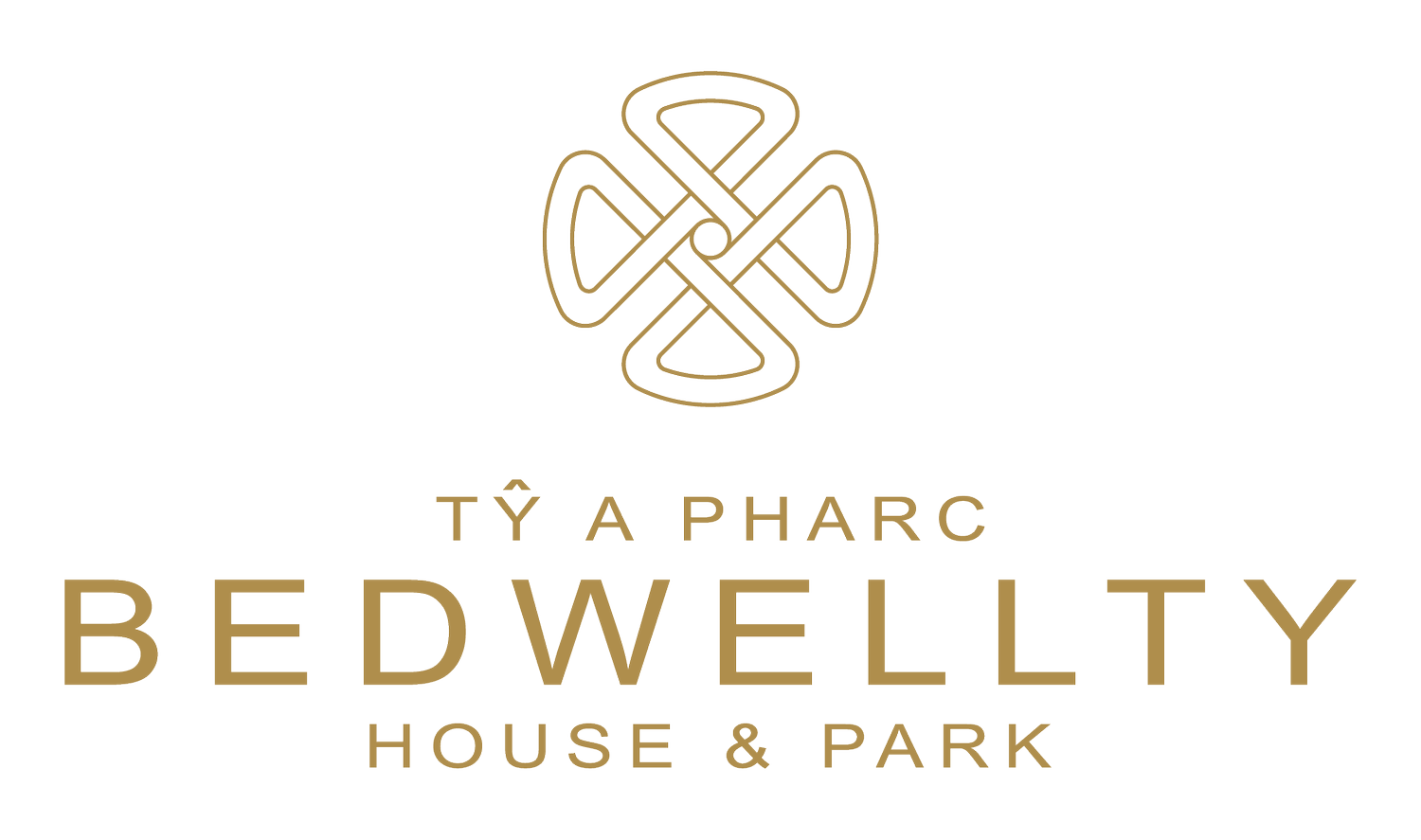History / Heritage
Step into the past of this iconic Regency Villa, set in the heart of the South Wales valleys …
Bedwellty House, named for the parish in which it stood, is a rare early 19th Century ironmaster’s residence, full of historic significance and elegant charm, which has become an iconic centrepiece for the town of Tredegar.
In its two-hundred-year history, Bedwellty House and its residents witnessed the rise and fall of the iron industry as well as revolutionising influences ranging from Chartism and social reform to the far-reaching effects of both European and American wars and the creation of the National Health Service.
Life in a Regency Villa
Bedwellty House would have been one of the area’s grandest residences and, as such, would have played host to a variety of social gatherings and even the occasional ball, attracting prominent guests from all over the country.
The surrounding parkland, which was closed to the public, also offered opportunities for leisurely walks and gentle sporting pursuits.
The iconic building has undergone adaptation through more turbulent times of history. During the Chartist Rising in 1839 it was said to resemble an armed camp as its residents set about defending it from a possible attack. The 20th Century saw Bedwellty House become an administrative centre during World War II and was used to distribute food parcels during the 1984-85 Miners’ strike.
The Residents of Bedwellty House
The most notable residents of this stunning Victorian villa were the Homfrays, a family dynasty of local ironmasters.
Following the retirement of Samuel Homfray Jnr in 1853, the Homfrays departed from Bedwellty House, leaving the residence to be occupied by a succession of managers to the ironworks.
You can find out more about the amazing history of Bedwellty House and Park when you visit and take our free tour around key areas which come to life with video.
Click here for a taster of the experience you can enjoy.
Notable People and Bedwellty
Sir Daniel Gooch
One of the 19th Century’s most celebrated engineers, Sir Daniel Gooch became a frequent visitor and was a family friend to the Homfrays, visiting for the first time in 1831.
Gooch revolutionised steam railway locomotion and supervised the laying of transatlantic telegraph cables which meant international communication would take minutes rather than weeks or months.
Gooch wrote in his diary: “I look back at the time spent at Tredegar as by far the most important years of my life.”
Rhys Davies
Tredegar-trained engineer, Rhys Davies, may never have visited Bedwellty but he constructed the ironworks of such advanced design in Richmond, Virginia, USA, that his proprietor asked Samuel Homfray’s permission to name it ‘Tredegar’ in honour of the man and the town.
Lord Tredegar
Although he never spent a night at Bedwellty House, Lord Tredegar’s vast estate included the town and works and in 1899 when the Tredegar Iron & Coal Company relinquished their tenancy of the residence, Lord Tredegar made a gift of the house and park to the Council, opening it to the public for the first time in its history.
Aneurin Bevan
Born in 1897, Aneurin Bevan was elected to Tredegar Urban District Council in 1922 before becoming an MP in 1929. He spent a great deal of his time within the council chamber at Bedwellty House perfecting the art of public speaking which would prepare him for his career in the House of Commons.
A powerful working-class voice before and during the 1930s Depression, Bevan became the post-war Labour Government Minister of Health and was responsible for bringing into being the 1948 National Health Service, revolutionising health care across the nation.
Places of Interest at Bedwellty House
During your visit be sure to take the tour of some of the most interesting feature rooms.
The Miners’ Room
This elegant space was once the drawing room of the resident ironmaster and now provides the perfect venue for a small-scale social gathering. It was later given the name of the Miners’ Room as it was from here that the parcels of food were distributed to miners’ families who were suffering as a result of the Miners’ Strike in 1983-4.
Assembly Room
This historic room would undoubtedly have been used as the main reception room for visiting guests as well as a dining space for larger gatherings. More recently it has become a popular location for wedding ceremonies.
Council Chamber
Since 1901 this elegant, wood-panelled room has been the meeting place for Tredegar’s former Urban District and present Town Council. Leading politicians such as Aneurin Bevan, Michael Foot and Neil Kinnock all spoke here.
Carriage House
Once the storage area for the Homfray’s horse-drawn carriages, this renovated, light-filled space with high ceilings and exposed beams has become a popular venue-of-choice for a variety of celebration events.
Our History Trail
Take a step into the past and follow the history trail through the house and gardens. You can pick up a leaflet at reception and scan the QR codes to learn more about the rich history of Bedwellty House and Park.

Bedwellty Park provided an oasis in a landscape which had seen much of its woodlands cut down to provide charcoal for many of the earliest forges and bloomeries in the area.
You can view the largest block of coal in the world at the Park. This 20-ton coal block was originally destined to be displayed at the 1851 Crystal Palace Great Exhibition, by Samuel Homfray, but even though it was cut, and extracted safely, a 5-ton section broke off during early transportation sadly proving that the block would not survive the journey to London.
1839 Pathways are added to the park and a series of cascading ponds created
1882 Two new fountains are built, and the block of coal put on display
1910 The Long Shelter is built by the Council, park seats are donated by the community and equipment for the bowls and tennis facilities are provided by the newly formed Bedwellty Park Athletic Club
1911 The Ladies Shelter is built
1912 Bedwellty Park Athletic Club raise funds for the building of the Bandstand
1920 Two new entrances are added to the park
1932 An open-air swimming pool is excavated by unemployed men during the Depression
The Restoration Project
Following funding in excess of £5.5 million, an ambitious project to restore Bedwellty House and Park to its former glory began in 2009.
The three-year renovation project was made possible through a partnership of The Heritage Lottery Fund, CADW, Welsh Assembly Government, European Contingency Funding and Blaenau Gwent County Borough Council, who together made the inspirational plans for Bedwellty House & Park a reality.
Bedwellty House & Park now has its very own kitchen garden which supplies the Orchid House Tea Room with a variety of freshly grown produce.
Today Bedwellty House & Park is a thriving venue and is hired out for wedding ceremonies and receptions. It hosts many cultural and community events and is a meeting place for local organisations, businesses and community groups.
The Park and surrounding land is recognised locally and regionally as a place of recreation and beauty, by the many visitors who frequent this area.
When you visit Bedwellty House and Park, the wonderful history of the house and gardens is brought to life through our free, history trail. Simply ask at reception for more details.
























